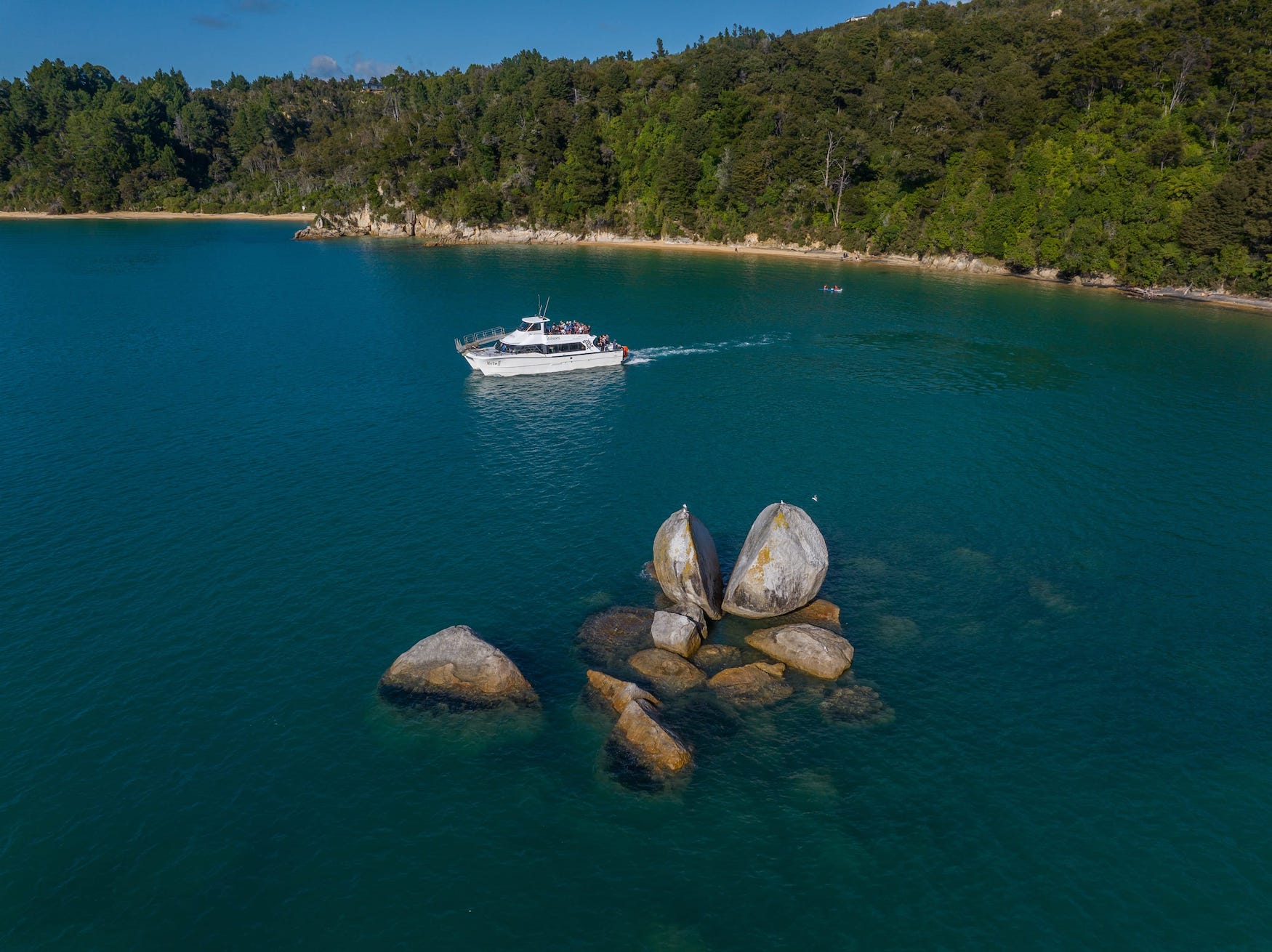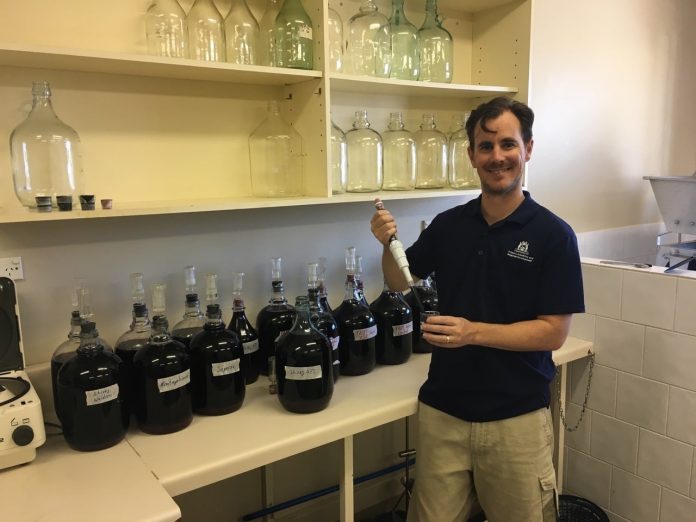Finding emerging grape varieties that will produce premium wines in West Australian wine regions is an important research activity of the Department of Agriculture (now Department of Primary Industries and Regional Development).
Richard Fennessy and Kristen Kennison have been testing alternative varieties at Manjimup since 1988, both in terms of yield of fruit, disease resistance and quality of wine produced.
“Most emerging varieties will remain on the periphery of the mainstream French varieties but things can change – like Pinot Gris for example,” said Mr Fennessy.
“I expect there will be some of these varieties that meet the interest of the consumer and also importantly a variety that is pliable in the vineyard and winery may become one of a second tier of varieties.
“From an aroma and flavour perspective I see these varieties showing distinctness and uniqueness which will grab consumers attention. Specifically I see great potential in white varieties that feature textural attributes on the palate which will also lend themselves to food pairing.
“With reds I’m excited by medium to light bodied varieties that express primary fruit characters, lend themselves to being served slightly below room temperature, best enjoyed a year or two from the year of vintage and again align themselves with being food friendly.
“Our Australian lifestyle of being outdoors in beautiful weather eating an array of cuisines is perfectly suited to these styles of wines,” he said.
Six emerging grape varieties from the Manjimup trial (four red and two white) appear to have high potential for winemaking in WA. These are:
Arneis from Piedmont in northern Italy. The vines produce moderate yields with low disease susceptibility wine styles vary from light-bodied, fine and delicate wines to a fuller style with distinctive peach flavours when lightly oaked. Wines from late-harvested wines are rich and viscous. Wines are rather dry with lifted musk, floral and lime aromas, fine mineral, lime, peach and melon flavours.
Pinot Gris is a popular white wine grape from the Burgundy region of France, although widely grown in Italy where it is known as Pinot Grigio. In Australia it is rapidly becoming mainstream. It produces white wines ranging from light and crisp with citrus characters to a richer style with greater body, perfume and flavour. Wine may also vary from a straw to light copper in colour. The wines showed distinct pear and apple aromas which continued onto the palate with subdued berry flavours.
Tannat, a red wine grape from south-west France produces wine noted for its very high tannin levels. Wines range from full-bodied deep in colour, with spicy berry characters to concentrated medium body wines with soft tannins and sweet cherry, raspberry, plum and currant aromas and flavours
Saperavi is an intensely coloured and flavoured red wine grape from Georgia and my personal favourite. Saperavi wines are medium bodied and inky in colour, with soft tannins. The aroma is lifted with floral violet tones and blackberry and cherry. The palate is intense with flavours of ripe berry, strawberry, plum and spice with grassy skins and fine tannins.
Lagrein is a red grape from Italy that typically produces medium-bodied table wines that show intense colour, good body with cherry, dark berry, violet and plum aromas and a palate of cherry, plum and dark chocolate with chalky tannins. Made into a rosé style wine Lagrein is elegant, fruity and floral.
Barbera is a red grape from Piedmont in northern Italy. The variety is naturally high in acidity and anthocyanins. The wines are medium-bodied with a firm acid structure, fine tannin and display spicy plum and dark fruit (ripe cherry, currant and prune) aromas. The palate adds raspberry and cherry flavours.
Look for these in your local liquor store.
































